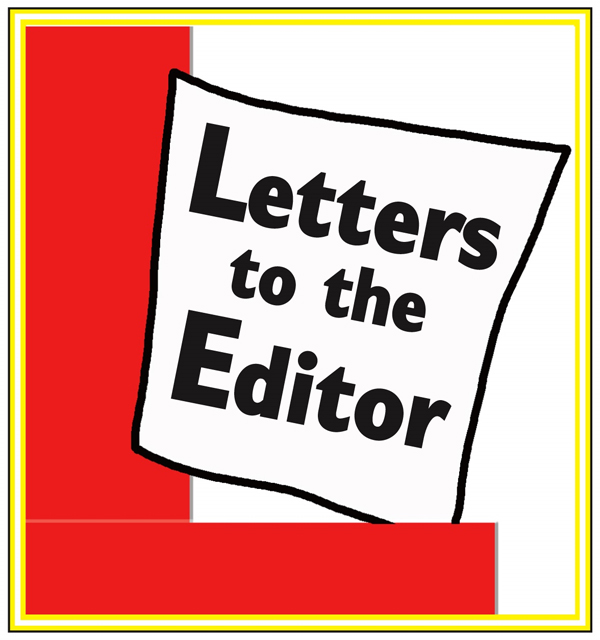
By Myrek Zastavnyi, specifically for Warwick Valley Dispatch from Kyiv, Ukraine.
Kyiv, 02/24/2025, -Three years ago today, on February 24, 2022, the world changed irreversibly. That morning, Russia launched a full-scale invasion of Ukraine, sending missiles into cities, deploying infantry across the borders, and attempting to seize Kyiv within days. The horrors of war—once thought to belong to history—became a stark reality. Families were torn apart, neighborhoods turned to rubble, and entire towns wiped from the map.
Yet Ukraine did not fall. It endured, defying overwhelming odds and proving that its fight was not just for territory, but for the very existence of a free and sovereign nation. Three years later, the war rages on, but so does Ukraine’s unbreakable spirit.
The First Days: A Nation’s Defiance
Russia’s initial strategy was swift and brutal: capture Kyiv in three days, crush resistance in ten, and install a puppet government. But the Ukrainian people refused to surrender. Instead of falling, Kyiv became a symbol of defiance.
Cities like Kharkiv, Mariupol, and Mykolaiv saw some of the war’s deadliest battles, yet Ukrainian forces held their ground. Volunteers joined the resistance, farmers towed abandoned Russian tanks, and entire communities came together to defend their homeland.
International support played a crucial role from the very beginning. Neighboring nations like Poland, Moldova, and the Baltic states opened their borders to millions of Ukrainian refugees. The United States, United Kingdom, France, and Germany provided Ukraine with advanced weaponry, including Javelin missiles, HIMARS, tanks, and fighter jets. The European Union and G7 nations imposed crippling sanctions on Moscow, aiming to isolate Russia from global markets.
Yet, beyond military aid and diplomacy, it was Ukraine’s unwavering will that changed the course of history. Teachers, engineers, and shopkeepers became soldiers overnight. The world watched in awe as a nation, outgunned and outnumbered, refused to be broken.
The Cost of War: Human Loss and a Stalemate at the Front
Three years of war have come at a devastating cost. According to Ukraine’s General Staff, Russia has lost nearly 900,000 soldiers, along with thousands of military vehicles, including 700 aircraft, 28 warships, and even a submarine. Ukrainian forces have reportedly destroyed 10,000 Russian tanks and over 23,500 artillery systems.
But Ukraine has suffered deeply as well. 45,000 Ukrainian soldiers have been killed, and nearly 400,000 wounded, according to President Zelensky. The war has displaced millions, and cities like Mariupol, Severodonetsk, and Bakhmut now lie in ruins. Schools, hospitals, and energy infrastructure have been deliberately targeted by Russian airstrikes, forcing civilians to endure harsh winters without heat or electricity.
Despite these hardships, Russia’s territorial control has stalled. While it once captured nearly one-fifth of Ukraine, as of early 2025, it holds just 11%. Ukrainian forces have pushed back in key areas, while drone strikes and sabotage missions disrupt Russian supply lines deep inside occupied territory.
Meanwhile, Moscow continues its brutal tactics—including forced conscription in occupied regions, mass deportations, and documented war crimes. Reports of summary executions and coerced enlistment of Ukrainian men into Russian ranks have been widely condemned by international human rights organizations.
Kyiv: A Center for Global Solidarity
Today, on the third anniversary of the invasion, Kyiv stands as a beacon of resilience and diplomacy. World leaders from Canada, Spain, Lithuania, and Latvia have gathered in the capital to express unwavering support for Ukraine’s fight for freedom. Even former French Prime Minister Gabriel Attal is in attendance, reinforcing Europe’s steadfast commitment.
However, diplomatic alliances are shifting. While Europe remains united, the United States under President Donald Trump has taken an uncertain stance. Trump has openly praised Putin, downplayed Ukraine’s sovereignty, and even called Zelensky a ‘dictator.’ This rhetoric has raised concerns about U.S. commitment to long-term support, as Washington now explores negotiations with Moscow that do not involve Kyiv.
On the 1,097th day of the war, President Zelensky held a press conference in which he addressed Ukraine-U.S. relations, responded to Trump, and firmly stated that he would not sign any agreements harmful to Ukraine.
Zelensky, addressing these issues in a press conference, reaffirmed Ukraine’s unwavering position. He stated that Ukraine will never accept peace terms that compromise its sovereignty and emphasized his commitment to democracy. He also pledged to hold elections as soon as martial law is lifted and, if necessary, would step down from office if it secured Ukraine’s NATO membership.

Ukraine’s Resources: A New Battleground
Beyond the war itself, Ukraine’s vast natural resources have become a major point of geopolitical contention. Russia now controls Ukrainian territories containing $350 billion worth of critical minerals, raising fears that these resources could be bargained away in a future peace deal.
Meanwhile, the U.S. and Ukraine are negotiating agreements over Ukraine’s rare earth metals, vital for global energy, defense, and technology sectors. The initial U.S. proposal reportedly valued the deal at $500 billion, but Zelensky insists on a figure closer to $100 billion, vowing to protect Ukraine from long-term economic burdens.
These resources are more than just an economic asset—they hold strategic significance. Ukraine’s vast deposits of lithium, cobalt, and rare earth elements are crucial for semiconductors, electric vehicles, and advanced weaponry. By securing partnerships with Western nations, Ukraine aims to strengthen its economic future while limiting Russian and Chinese influence over global supply chains.
Russia’s Diminishing War Machine
Three years into the war, Russia is showing signs of exhaustion. What was meant to be a swift takeover has become a costly, grinding conflict. With nearly a million troops lost, Russia has resorted to forced conscription, even pulling recruits from prisons and migrant labor forces. Kremlin repression has intensified, with dissent brutally silenced and war critics jailed or exiled.
Despite mounting losses, Putin remains defiant, relying on diplomatic ties with China, Iran, and North Korea to keep his war machine running. However, morale among Russian troops is plummeting, with increasing reports of desertion and internal military purges.

What’s Next for Ukraine?
The road ahead remains uncertain. Ukraine has successfully prevented a Russian victory, but a decisive end to the war is not yet in sight. The battle lines remain largely unchanged since 2023, and any diplomatic resolution will require hard choices from both sides.
For Ukraine, victory is not just about reclaiming lost territory—it is about securing long-term security guarantees. Whether through NATO membership, bilateral defense pacts, or a stronger European military coalition, Kyiv must ensure that history does not repeat itself.
Yet, one truth is undeniable: Ukraine has already defied expectations.
Three years after Russia’s invasion, Ukraine stands strong, its people unshaken, and its fight far from over.
GLORY TO UKRAINE!










